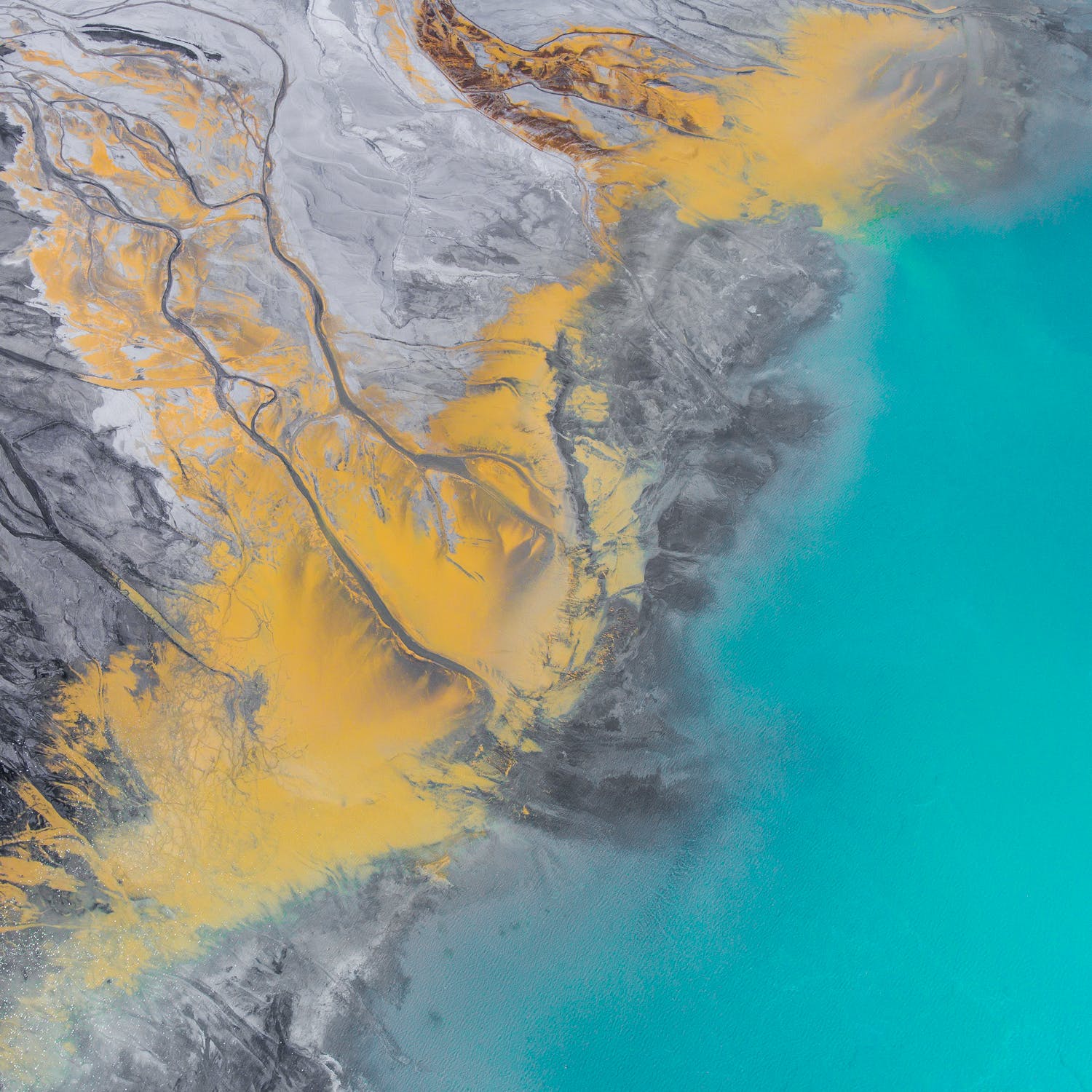Oil has always been one of the most useful resources for humans. We use it to run industries, automobiles, ships, and other vehicles, to produce electricity, and many other things. But the same oil can lead to dangerous consequences if spilled in water bodies.
The absence of proper handling, human errors, and damaged equipment during the process of oil extraction at oil wells can lead to oil spills that take a toll on our ecosystem.
In the past too, large oil spills had polluted the coastlines, fisheries, hampered marine and wild-life, and eventually the tourism revenue. Let us walk you through the worst oil spills in the history of the world:
The Persian Gulf War Oil Spill (1991)
Considered the world’s largest oil spill, it was a planned attempt. After retreating from Kuwait in 1991 after an enormous ground and air campaign, the Iraqi forces ignited the oil wells by opening their valves. They released approximately eight million barrels of oil into the northern Persian Gulf.
According to some sources, between 380 million and 520 million gallons of oil was released into the gulf. The slick was 101 miles by 42 miles in size and five inches in thickness.
Ixtoc 1 Oil Spill (1979)
The Ixtoc 1 oil spill of Mexico is another worst oil spill in history that took place in 1979. Around 140 million gallons of crude oil went into the Bay of Campeche after the explosion of the oil well.
The explosion happened while drilling the exploration wells. The drilling mud did not circulate leading to a build-up of gas and oil in the pipe. After a failed attempt to remove the drill followed by a series of events, the drilling platform caught fire and collapsed.
As per reports, around 126 million to 140 million gallons of oil was released into the southern Gulf of Mexico and continued for nine months until March 1980.
The spill resulted in the loss of tourism revenue even in southern Texas as the oil drifted to the beaches. Even the commercial fishing industry experienced the worst hit for five years.
The Odyssey (1988)
This accident happened near the coast of Nova Scotia (around 700 miles off the shore) in November 1988, when Odyssey, an oil tanker owned by the United States of America, split into two.
The accident resulted in 132,000 tons of crude oil going into the sea. The tanker caught fire. The bad weather conditions in the area prevented the Canadian Coast Guards to control the fire immediately.
The Amoco Cadiz (1978)
On March 16, Amoco Cadiz, a very large crude carrier (VLCC) drifted ashore on the coast of Brittany in France due to stormy weather. It was loaded with 69 million gallons of crude oil. While navigating in the English Channel, a large wave hit the carrier damaging its rudder and hydraulic system.
The carrier split into two, and 1,604,500 barrels of crude oil sank. Around 321 km (200 miles) of the French coast got covered with the oil slick, polluting the water and killing several marine animals and birds.
Nowruz Oil Field (1983)
On the 10th of February, 1983, a tanker met head-on with an Iranian oil platform spilling around 1,500 barrels (around 63,000 gallons) of oil every day until March when the Iraqi planes attacked the platform and set the slick on fire. As the field was situated in the middle of the war zone, it was not capped immediately. It was later capped in September 1983.
Summing Up
Oil spills pose a great threat to the environment. Fortunately, the latest oil spill solutions like filtration fabrics, filter socks, etc, have made it easier to control oil spills and prevent the ecosystem.

